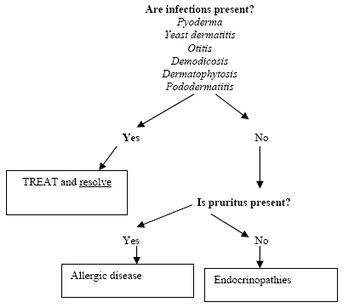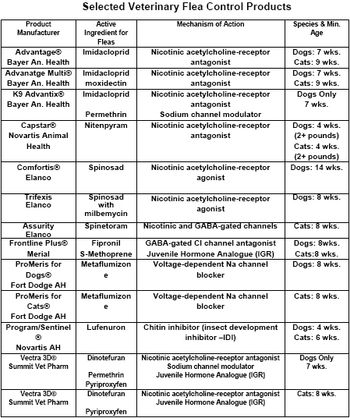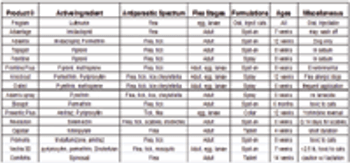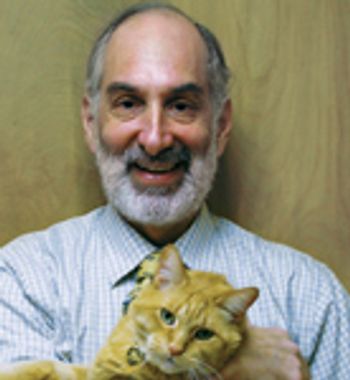
Veterinarians are always in search of the "magic bullet" to treat their dermatologic patients. This desire to obtain better treatments has lead to the discovery of many new therapies and new dermatological applications for older medications. Many of the newer treatments that we will discuss been recognized in veterinary medicine because of successes being reported anecdotally.











